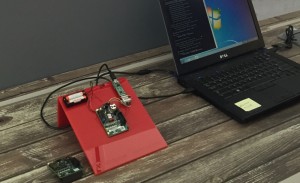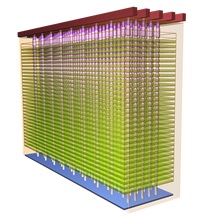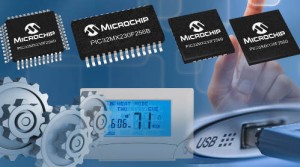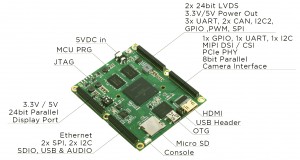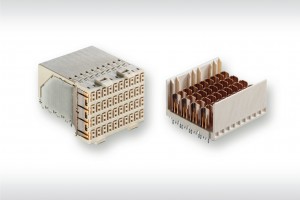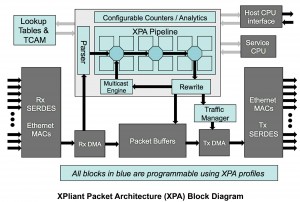Analog Devices has introduced a 55V, low-noise, zero-drift, precision op-amp that includes electro-magnetic interference (EMI) filtering and needs no calibration circuitry.
Called ADA4522-2, the dual channel device is the first of a series.
Operation is over ±2.25V to ±27.5V, or 4.5 to 55V single supply, with the most negative rail included in the input range. Supply current per amplifier is a creditable 830uA. Output is rail-to-rail.
The important figures are:
- noise: 5.8nV/√Hz (typ) @ 1kHz
- 5uV max offset @ 25ºC
- 22nV/ºC max offset voltage drift
- 2.7MHz gain-bandwidth product.
Chopper stabilisation accounts for some of those parameters, with chopping at 1.5MHz for wide closed-loop bandwidth and easy filtering.
Instrumentation applications include front ends for: LCR meter, megohmmeter, load cell, bridge transducers, magnetic force balance scales, current shunts, thermocouples, RTD sensors and PLC input and output amplifiers
Electronic loads, power supplies, motor control and offset correction in composite amplifiers are possible end applications.
ADI has produced an informative white paper on its chopper-stabilising technique.
Packaging is 8pin SOIC or MSOP, and a 14 pin version, probably a quad, is due out in September in TSSOP or SOIC-14.


